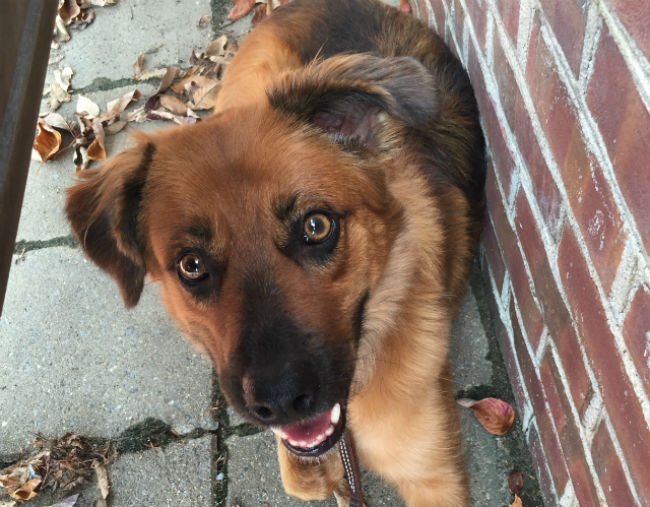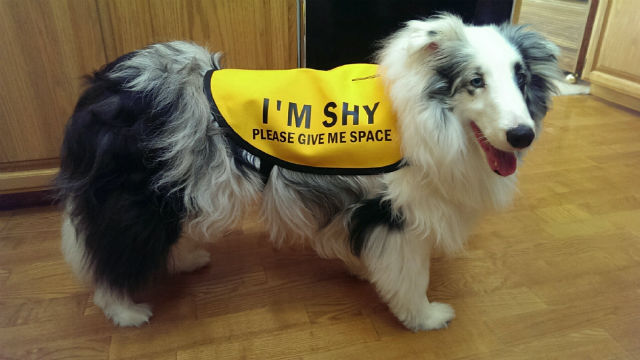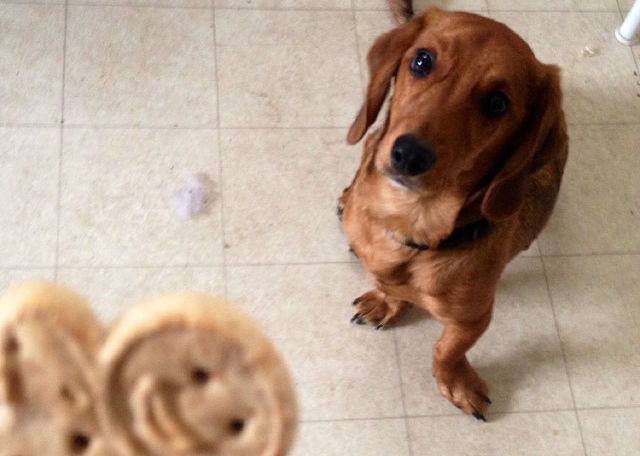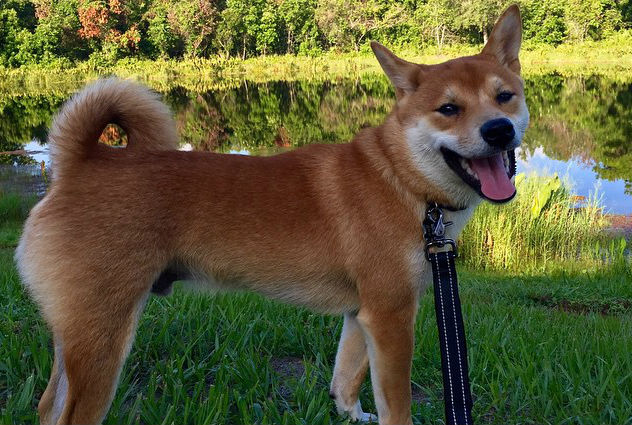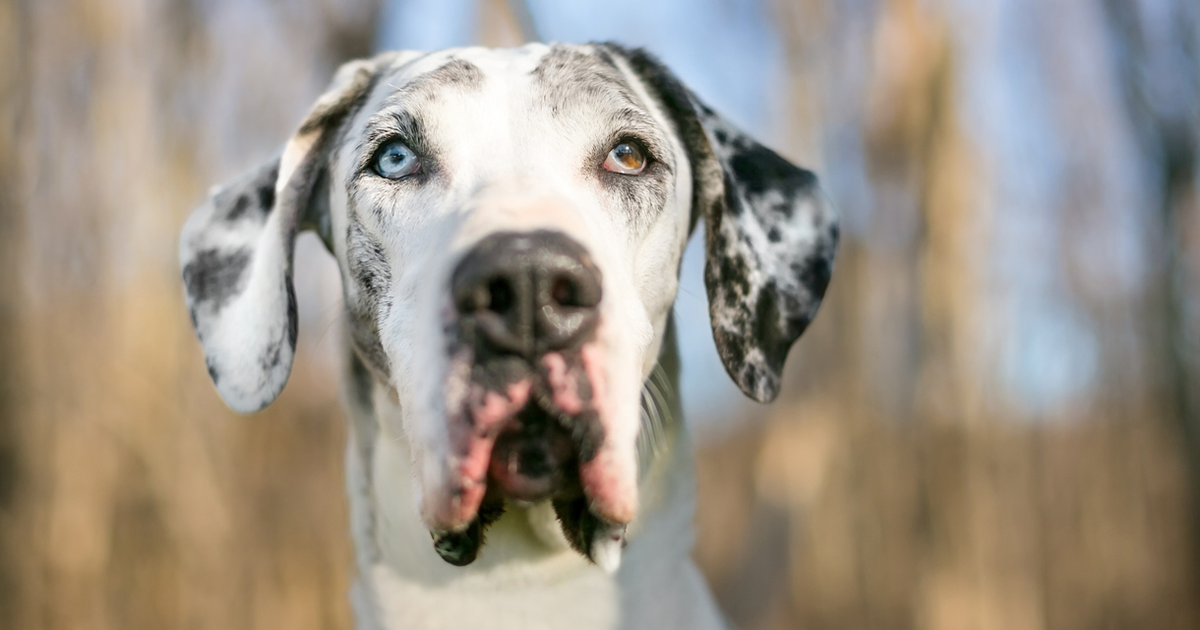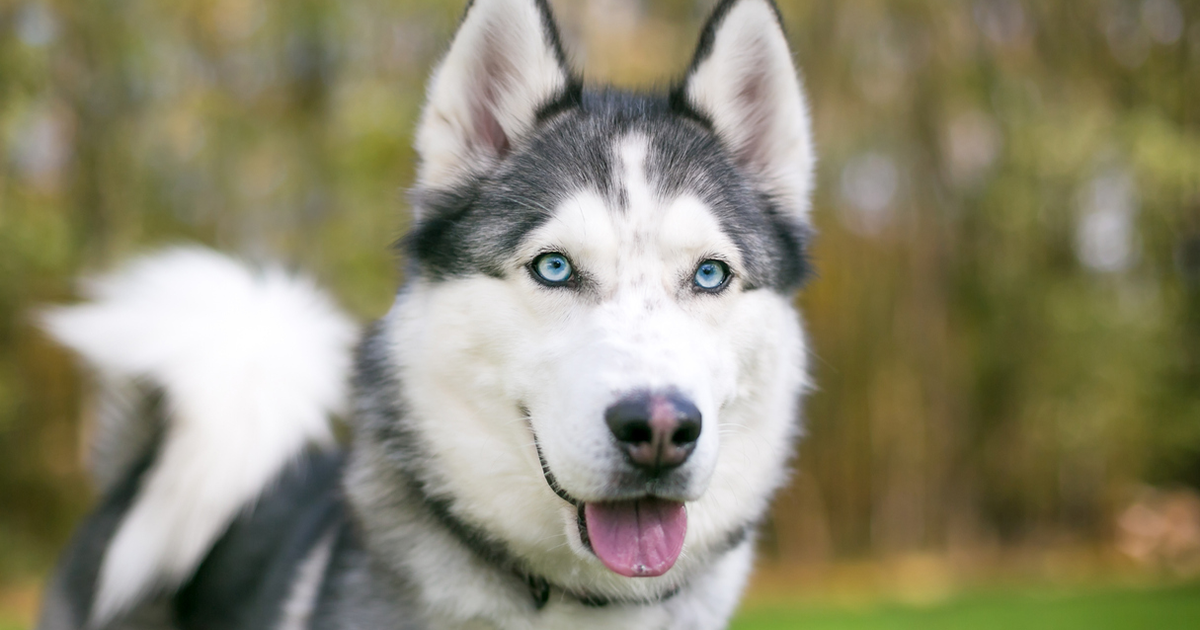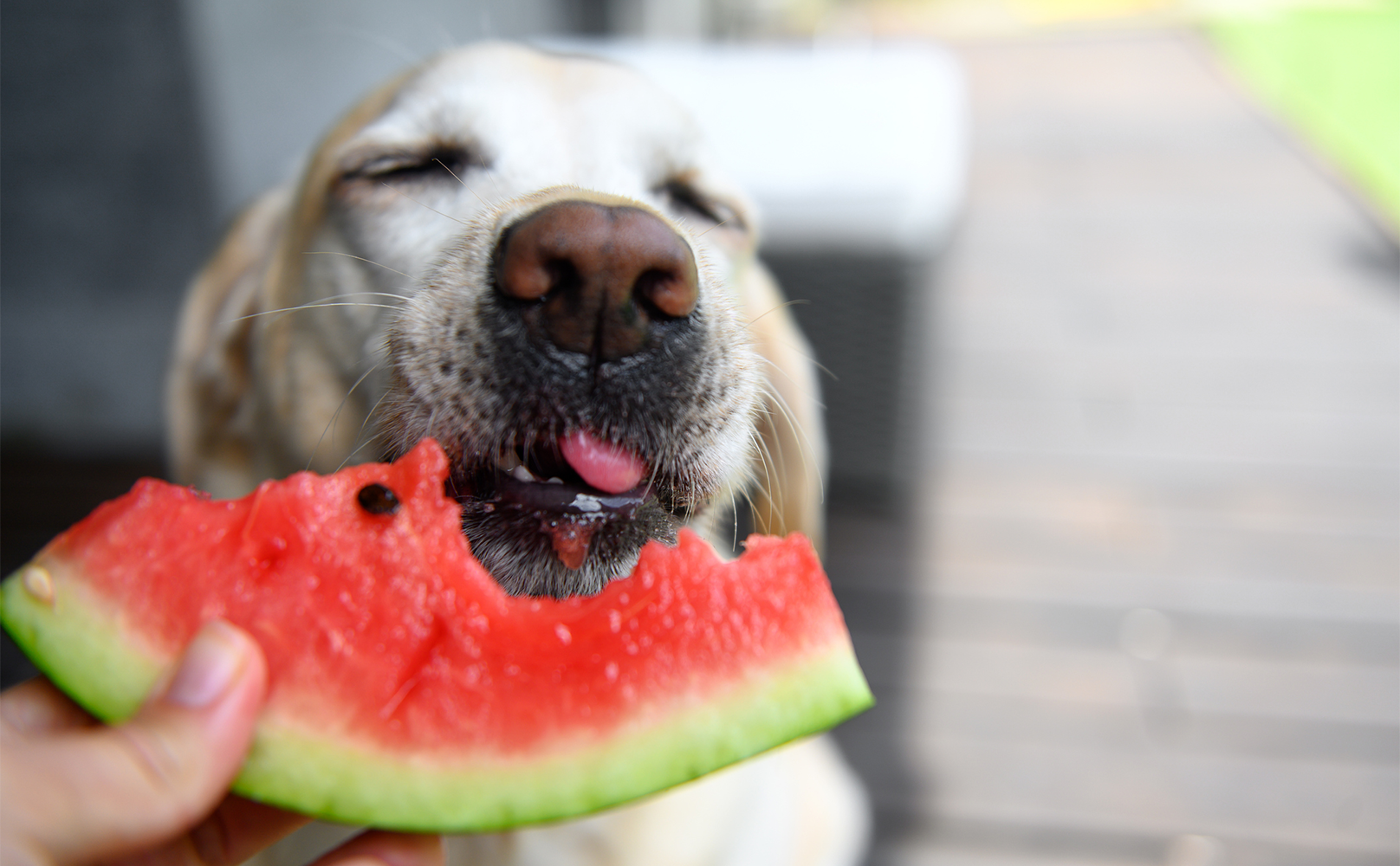Note: Thanks to NYC Trainer Shelby Semel for lending her expertise to this post!
Four years, two months, and eight days ago, I drove an hour and a half into southern Delaware farm country to a little SPCA off the highway. After months of Petfinder searches I thought I’d finally found her — the first dog I would adopt as my own. The dog I would grow into adulthood with and who would move into my first apartment with me, who would keep my spot on the couch warm and give me company at night.
Well, that dog didn’t end up coming home with me. But wait, don’t stop here! It gets better, I promise. Just a few kennels down, a dark-colored dog sat quivering in the far back corner. She was quiet in a sea of howling, barking canines.
To be fair, I didn’t really consider the challenge this posed. She was obviously underfed, unsocialized, and stiff as a board with fear, but I couldn’t help but think she probably wouldn’t make it in there much longer. Needless to say, this dog, now named Haley, came home with me that day.
Of course, there’s a lot more to the story, but if you end up like me and decide to adopt a skittish, anxious, or fearful dog, there are some steps you need to take. **Now is the time to brush up on your canine body language.**
The first days (or weeks or months…) at home give them their space.
You’ve just placed an already nervous dog into a strange home with strange smells. First things first, she needs a place to call her own. Set up a bed or crate in a quiet, low-traffic area so she always has someplace to wind down.
Next, and I know this is no fun for you or me, but you have to ignore her. No touching, no talking, no eye contact unless the dog comes to you or otherwise welcomes this behavior. When you do talk, speak softly (uber inside voices here!). Put the TV on low, turn down the radio, and ask others to do the same.
The first day I brought Haley home, I just gave her time to adjust. I set up a crate with a couple of blankets and let her do her thing. This was her “safe zone,” and she remained there for a good bit as she acclimated. Sit down on the floor and angle yourself away to give your dog the opportunity to approach if she wants, and don’t be disappointed if this doesn’t happen immediately.
TREATS, TREATS, TREATS!
Find some high-value snacks that your dog loves, like pieces of chicken, hot dogs, or cheese if their stomach can handle it, and use them as rewards for any positive behaviors. Anything with a strong smell is ideal. Have some on you at all times in case your dog comes near, and toss them gently in their direction or place on your open palm for them to take.
Try not to do the following:
Show pity.
While it feels natural to protect by coddling, hugging, and “baby talking” to your frightened pooch, your confirmation of their fear will not necessarily help them get over it.
Punish unwanted behavior.
Positive reinforcement is never so important as it is with fearful dogs. Obviously, they are scared for a reason, and even though you may not know why (I certainly don’t), there is no reason to encourage it. Instead of scolding when they do something wrong, reward them instead for performing the behaviors you want. Accomplishing something successfully helps build a dog’s confidence, and working together to learn these skills strengthens the bond between the two of you.
Push them too hard.
Timid dogs do what they want when they want, and you should let them. If they want to plant their furry butts on the ground on a walk, let them. Then use those yummy treats and a cheery “C’mon, let’s go!” to get them moving again.
Speaking of positive reinforcement…
Gentle praise and treats are just about the best thing in the world for most pups. Each time they overcome a fear or push themselves just a little bit further, treat and praise, treat and praise. Eventually, they will learn that their own confidence is a good thing! The more they repeat the behavior and get rewarded for it, the quicker they will realize it is a positive experience.
There’s no doubt that raising a shy dog is challenging. Some dogs will come out of their shells right away and adjust beautifully to family life, but others, like Haley, will take a bit more work. Almost five years later we are still working on our confident dog skills, but she is worlds away from where she started. If you’ve gotten this far, be warned that there is NOTHING better than watching your frightened rescue bloom into a happy, confident dog. Every second is worth it.
For more, check out these articles!
How To Prepare To Bring Your Dog Home For The First TimeIf Your Rescue Dog Acts Skittish, It May Be A Sign Of Canine PTSDDo Dogs Get Embarrassed?The Shelter Buddies Reading Program Helps Shy Dogs (And Kids) To Build ConfidenceWhat Causes Anxiety In Dogs?


